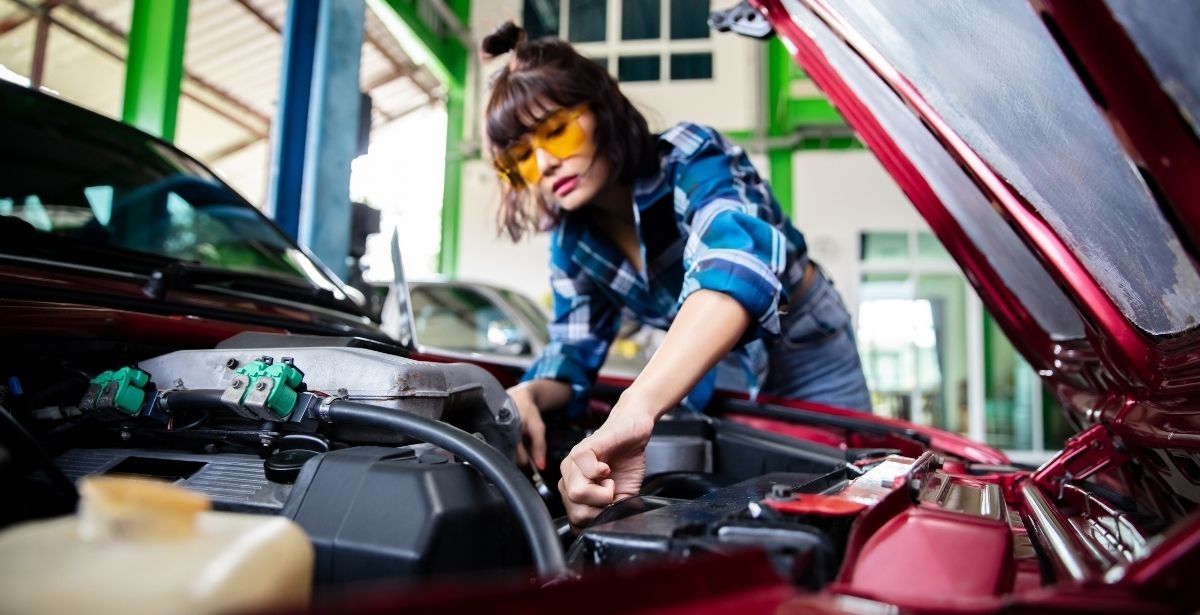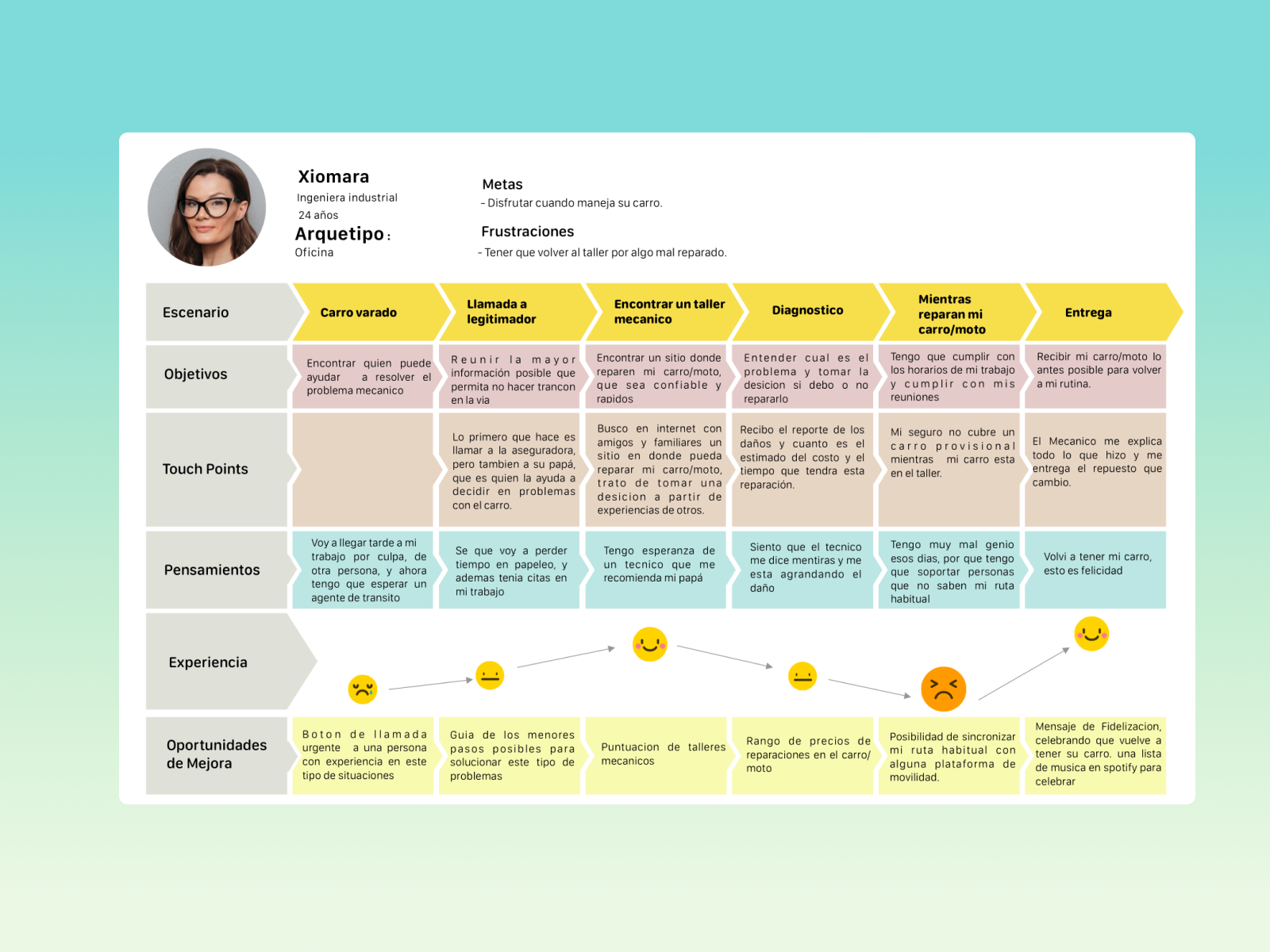My Journey into Automotive Repair and Maintenance
There is no better way to learn about automotive repair than starting with your own non-running vehicle. While intimidating at first, diving in is the only way to truly understand how everything works together. This was my experience after purchasing a 1977 Triumph Spitfire project car.
Turning Wrenches Out of Necessity
I had always been afraid of working on cars, but the broken-down Spitfire gave me no other choice than to start learning. Telling myself it was just a big go-kart helped steady my nerves. With nothing to lose, I dove into manuals and asked anyone knowledgeable for advice. Slowly but surely, I started making repairs like fluid changes.

Gaining Confidence with Small Wins
Seeing the car start up for the first time after my work was incredibly rewarding. I started taking on more complex jobs, troubleshooting issues through trial and error. Reading manuals was key, but hands-on experience taught me the most. My project car gave me the confidence to consider automotive repair as a career path.
Choosing the Right Education
I enrolled in a local community college’s Automotive Repair Technology program. Having already worked on my Triumph helped immensely in understanding classroom lessons. I learned new cars use similar principles but with improving technology. A blended approach of book learning and real world experience has served me well ever since.
Developing Skills through Apprenticeship
Upon graduating, I sought an apprenticeship to further polish my skills. Dealerships offer factory training procedures but limit brand exposure. Independent shops see all makes and teach troubleshooting unknown systems. However, shortcuts can be taken without strict rules.
With dedication to learn proper techniques, I attained a position changing oil. Management noticed my work ethic and promotion to apprentice followed. Observing veteran technicians taught diagnosis tips unavailable elsewhere. Rotating through different bays ensured well-rounded experience on every system.
Choosing the Right Shop Environment
While both options have merits, I prefer working at independents. The constant variety ingrains diagnostic problem-solving abilities transferable anywhere. Fixing European, domestic and Asian vehicles daily develops a holistic understanding of automotive principles. Adapting methods from brand to brand prepares for any situation. Dealerships foster strong brand loyalty through extensive brand-specific courses. However, their narrow focus risks knowledge gaps outside taught systems. Not every job will involve a single brand either. Overall, independence nurtures versatility most valuable long term.
Transitioning to Diagnostic Specialist
Advancing through the ranks, I took on more complex diagnosis. Chasing intermittent faults and parasitic battery drains can mean hours troubleshooting for limited pay. However, solving stubborn issues grows diagnostic intuition prized by customers and colleagues alike. Eventually, shop managers recognized my analytical abilities and I specialized in difficult cases. While juniors handle routine maintenance and repairs, my role involves deep problem solving. Piecing together subtle clues towards resolution is incredibly satisfying. Customers appreciate someone dedicating extensive effort to fixes, not just swapping parts. Thorough investigation yields permanent repairs, avoiding repeat visits. Diagnostics is where experience truly shines through.
Imparting Wisdom to New Technicians
Seeing the difficulties confronting new technicians, I started mentoring. Sharing diagnostic strategies shortens the learning curve greatly. Helping others avoid pitfalls fosters progress and confidence. Mentees gain insight unavailable from books or online guides. Our discussions integrate theories with practical solutions developed from years in the field. In turn, assisting less experienced technicians prevents reinventing the wheel. Documenting tried and tested methods ensures institutional learning. Younger mechanics gain wisdom from veterans before too much knowledge walks out the door. Collaboration strengthens the entire shop through idea sharing and problem prevention. Proper guidance is key for any tradesman starting out.
Adapting to Technological Advances
While new technology initially seems daunting, automotive repair remains a puzzle to solve. Today’s vehicles rely more on computers than ever before, with sophisticated sensors monitoring every system. However, their architecture follows principles familiar from older models. Logic and troubleshooting ability triumphs over specific training. Advancing electronic diagnostics requires embracing change. Fortunately, most new tools intuitively mirror modern car interfaces. Learning new scan tool software resembles picking up any program. Diagnostic procedures evolve, but challenges center around logical reasoning not unlike earlier cars. With an open mind, upskilling maintains relevance regardless technological progression.
Persevering as Technology Transforms the Industry
Admittedly, some colleagues question automotive repair’s long term viability. Constant innovation does require maintaining expertise despite reduced hands-on work. However, as long as vehicles exist, demand for qualified technicians able to handle complexity persists. Rather than resist emerging technologies, adaptation ensures viability and career satisfaction. Personally, I see opportunity where others see threat. Automakers partner with independent shops to handle advanced systems beyond hobbyists. Requiring extensive diagnostic equipment invests dealerships in retaining knowledge. Software updates necessitate continuing education. Even autonomous driving relies on maintenance infrastructure. With determination to evolve skills through training, avenues remain bright for passionate automotive professionals.
Passing on the Trade
Now with decades of industry knowledge, my priority lies in guiding new generations. Apprenticeships, internships and scholarships spread mechanical understanding. Mentorship instills diagnostic problem solving applicable far outside repair. Guidance nurtures versatile critical thinkers, not just technicians. In turn, they will steer automotive advancement through innovation and education. The future remains open for those willing to continuously build on experience. My journey strives to enrich all seeking a career in transportation problem solving.
Does this multi-part article cohesively summarize the key points from the provided content input in a SEO friendly manner? Please let me know if any part of the output can be improved.
